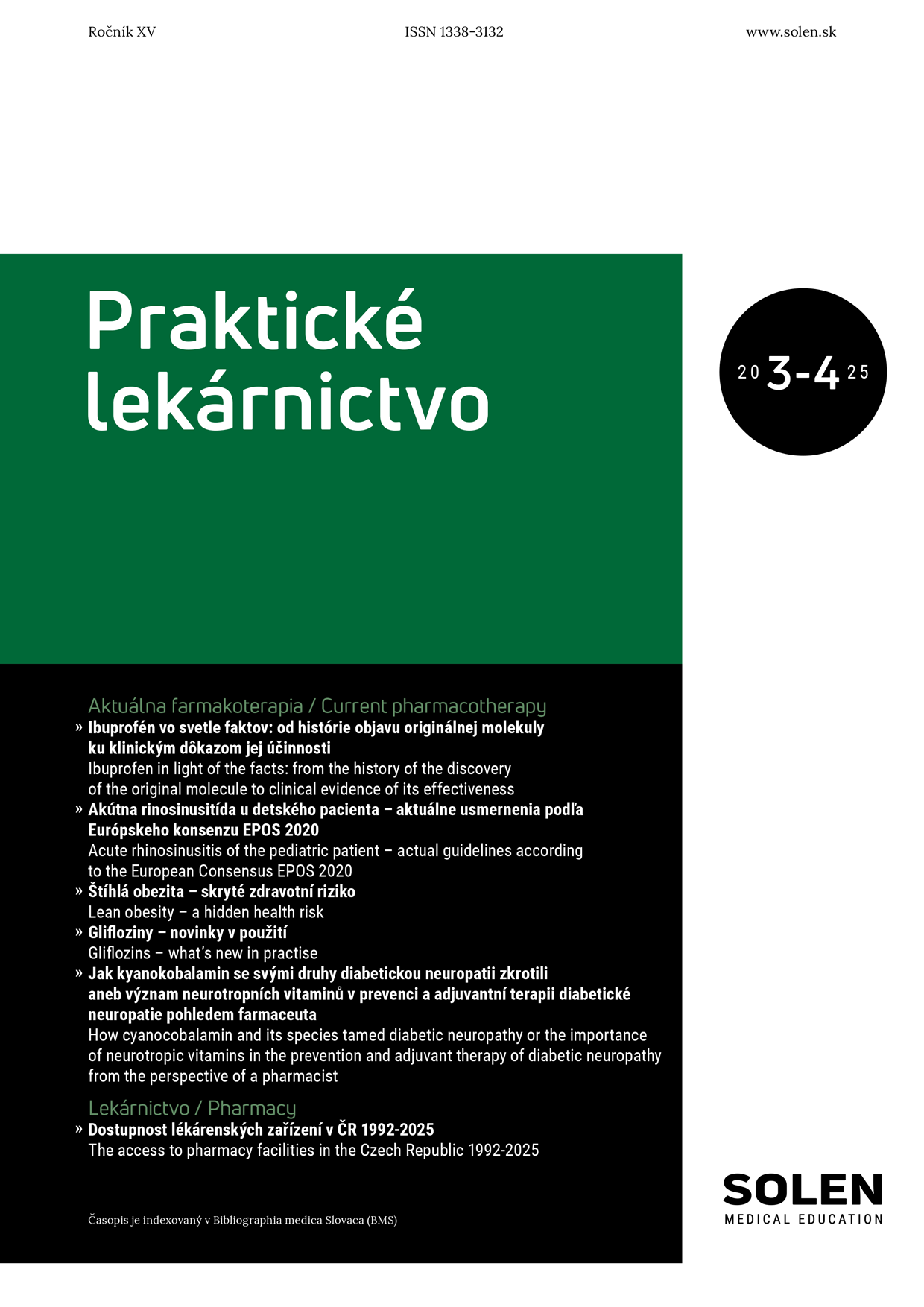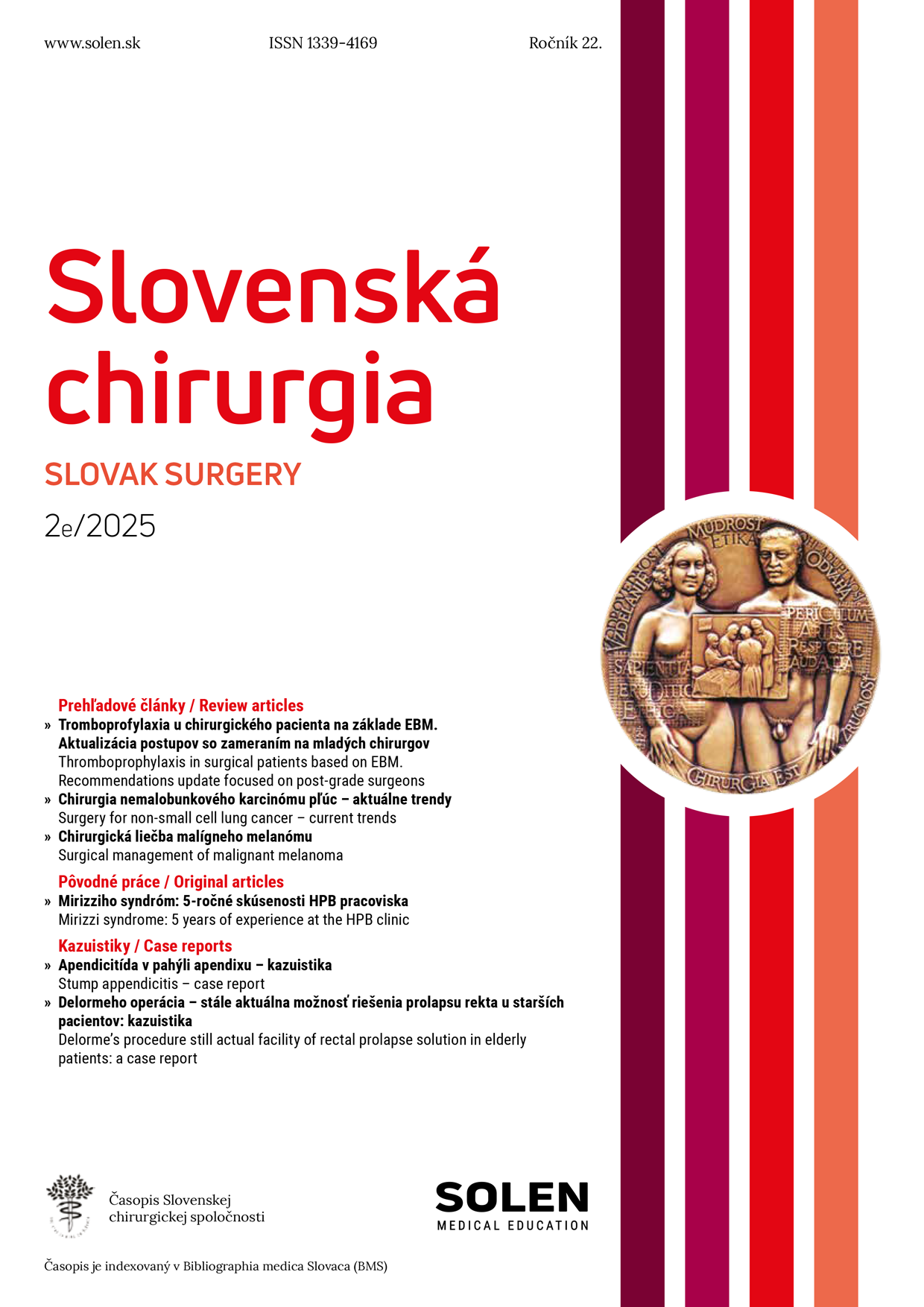Via practica 1/2024
Dry skin care
Dry skin can be found in all age categories, in all corners of the world and in all races. As the population ages, its incidence and intensity increases. In the age group 75+, approximately 55% of the population suffers from dry skin. 3 keratinocyte proteins - hornerin, filaggrin and involucrin are mainly responsible for a complete and functional epidermal skin barrier. Mutations in the involucrin gene and other stratum corneum proteins are thought to lead to increased transepidermal water loss and epidermal lipid imbalance. It is important to distinguish between constitutionally given dryness of the skin, acquired dryness of the skin due to the action of environmental factors and dermatoses that are manifested by primary skin lesions, where the current dryness of the skin is only an accompanying symptom. Xerosis cutis can be a concomitant symptom of several systemic diseases or can be induced by drugs. The treatment of dry skin is complex and includes several phases. The first phase involves removing all possible triggering factors and treating the underlying disease. The second level is the implication of general preventive measures in the patient’s daily life, and the third level includes the selection of appropriate basic skin care. Basic care focuses primarily on hydrating the skin and restoring its barrier function. Ideal skin care products should therefore replace its individual components or restore its function.
Keywords: skin barrier, involucrin, transepidermal water loss, epidermal lipids, basic care

















